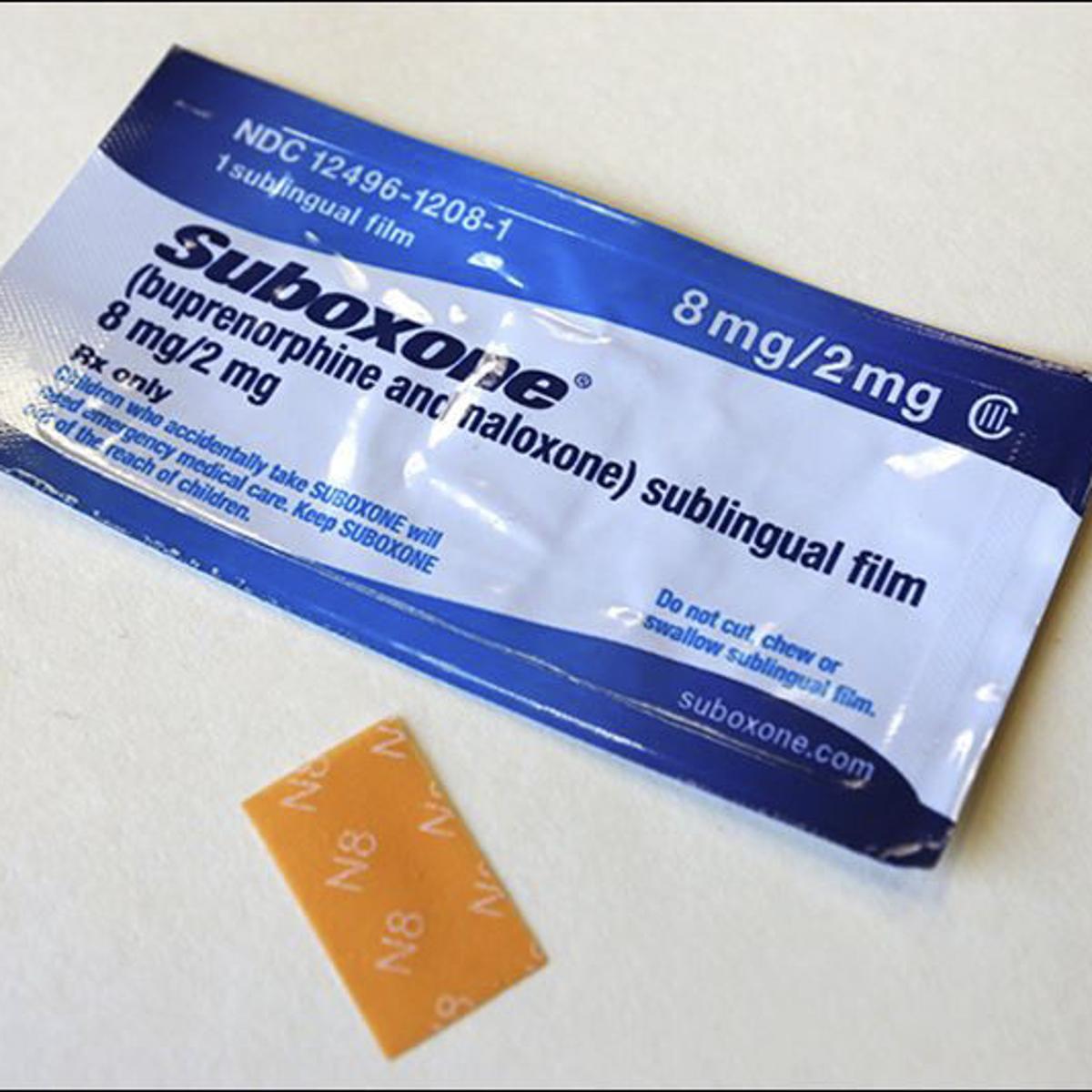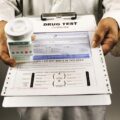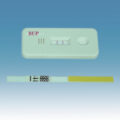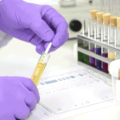Suboxone, a combination medication containing buprenorphine and naloxone, is one of the main medications used for medication-assisted therapy (MAT) for opiate addiction. The use of MATs has been shown to lower the risk of fatal overdoses by approximately 50%. Suboxone works by tightly binding to the same receptors in the brain as other opiates, such as heroin, morphine, and oxycodone. By doing so, it blunts intoxication with these other drugs, it prevents cravings, and it allows many people to transition back from a life of addiction to a life of relative normalcy and safety.
Suboxone, like any opiate, can be abused. However, because it is only a “partial” agonist of the main opiate receptor (the “mu” receptor), it causes less euphoria than other opiates such as heroin and oxycodone. In many cases, people may use Suboxone (or “abuse” it, if that is defined as using it illegally) to help themselves manage their withdrawal, or even to get themselves off of heroin. SEE: Subutex vs Suboxone: Similarities and Differences
A drug test is a technical analysis of your urine, blood, saliva, hair, or sweat to determine the presence or absence of specified parent drugs or their metabolites. A drug test specifically looks for the presence of one or more illegal or prescription drugs. Urine testing is the most common type of drug screening. Drug screening is used to find out whether or not a person has taken a certain drug or drugs. It may be used for:
- Employment. Employers may test you before hiring and/or after hiring to check for on-the-job drug use.
- Sports organizations. Professional and collegiate athletes usually need to take a test for performance-enhancing drugs or other substances.
- Legal or forensic purposes. Testing may be part of a criminal or motor vehicle accident investigation. Drug screening may also be ordered as part of a court case.
- Monitoring opioid use. If you’ve been prescribed an opioid for chronic pain, your health care provider may order a drug test to make sure you are taking the right amount of your medicine.
How Long Does Suboxone Stay In Your System?
The length of time Suboxone remains in your body depends on many different factors, The buprenorphine in Suboxone has an especially long elimination half-life compared to other opioids. Elimination half-life refers to the amount of time it takes for half of a single dose of a drug to leave the body. For buprenorphine, this period lasts for 37 hours, meaning that it can take over 8 days for Suboxone to no longer be detectable in a person’s body.
This period of time is not the same for everyone. There are a number of factors that influence how quickly Suboxone will be flushed out of the system. These include:
- Liver Function: People with poor liver function can have higher levels of Suboxone in their bodies than people with normal liver function. Further, the half-life of Suboxone may be increased in people with liver problems.
- Dosage: The lower the dose of Suboxone that someone takes, the quicker it can be cleared from their body.
- Frequency of Use: Someone who takes Suboxone regularly may have some of the drug built up in their body. For this reason, someone who takes it regularly may take longer to clear it from their body than someone who has only taken it once.
- Co-Ingestion of Other Drugs: Some other medications can increase the level of Suboxone in your body so that it takes longer to leave your system. One of these drugs is atazanavir, an HIV medication in drugs like Evotaz and Reyataz.
The process of metabolizing Suboxone in the liver creates metabolites that tend to stay in the body for even longer than the drug itself. Modern drug tests can detect these as well, so even after 8 days, an individual might still produce a positive test for buprenorphine.
Blood tests are invasive but can detect substances shortly after ingestion; however, they also have a smaller window to detect buprenorphine. The best time for a blood test to work is a little over 2 hours after the last dose. Saliva tests are used more often because they’re non-invasive and simple to administer. These tests can work for a few days or possibly more than a week after the last dose of Suboxone.
Urine tests are the most commonly used, especially by employers. Buprenorphine will become detectable in the urine just 40 minutes after consumption, and for long-term, heavy users, the drug will show up in these tests up to 2 weeks later. The drug and its metabolites can also build up in hair follicles and can be detected in hair tests for 1-3 months, though this is not a very reliable form of drug testing.
Suboxone addiction may not be as common as other addiction disorders, but it’s essentially just another opioid problem. There are many specialized facilities that can treat this kind of disorder and help afflicted individuals avoid the many issues associated with long-term opioid abuse. SEE: How Long Does Suboxone Strips Stay In Your System
What Does Suboxone Show Up As On A Drug Test?
When a drug enters the body, it gets altered (metabolized). This alteration results in other substances called drug metabolites. These drug metabolites may either be inactive or they may be similar or different from the original drug (parent drug) in terms of toxicity or therapeutic activity. Some metabolites stay in the body long after the parent drug has been expelled from the system. Therefore, there is a higher probability of getting a positive result by looking for the metabolites instead of the parent drug. In the drug testing industry, many drug tests will look for the presence of certain drug metabolites as a reliable indicator that a person used the “parent drug” of that metabolite.
Buprenorphine component of suboxone is extensively metabolized in humans, with minimal parent drug excreted in the urine. According to a study published in the Journal of Analytical Toxicology, urine concentrations of free buprenorphine and norbuprenorphine have been reported to be low, with mean percentages of 6% and 35%. Quantitative urine buprenorphine testing is used to monitor patients receiving buprenorphine for the treatment of opioid use disorder (OUD), however, the interpretation of urine buprenorphine testing is complex.
- The elimination half-lives have ranged from 1.2 to 7.2 hours after intravenous injection; elimination half-lives after sublingual or transdermal use are longer and may range from 20 to 36 hours or more.
- Buprenorphine is metabolized through N-dealkylation to the pharmacologically active metabolite N-dealkylbuprenorphine (norbuprenorphine) through cytochrome P450 3A4 and by conjugation to glucuronide metabolites.
- The presence of buprenorphine or norbuprenorphine >LOQ indicates exposure to buprenorphine within 7 days.
Approximate Detection Times
| Buprenorphine | LOQ (ng/mL) | Detection Time* up to |
| Buprenorphine | 0.5 | 7 days |
| Norbuprenorphine | 0.5 | 7 days |
ALSO READ: How To Get Rid Of Nausea From Suboxone






